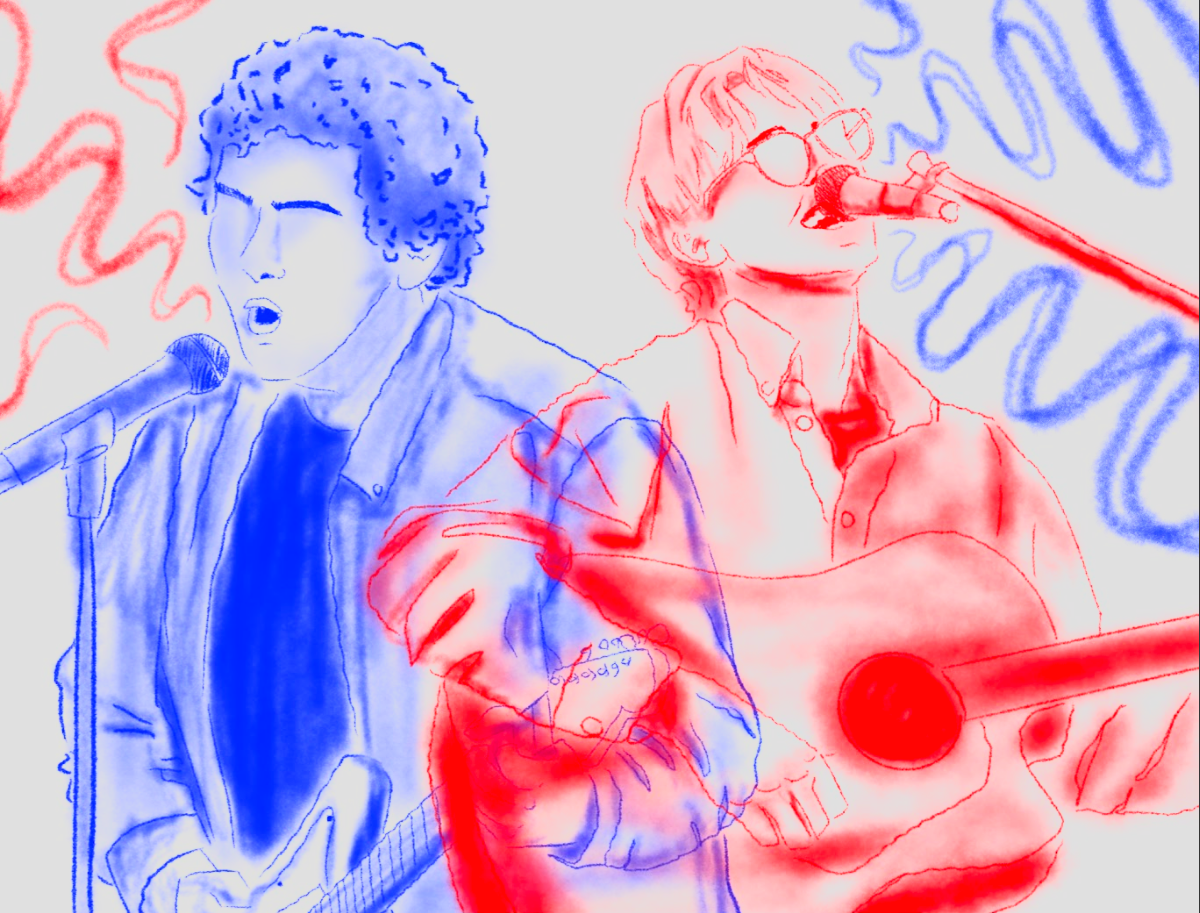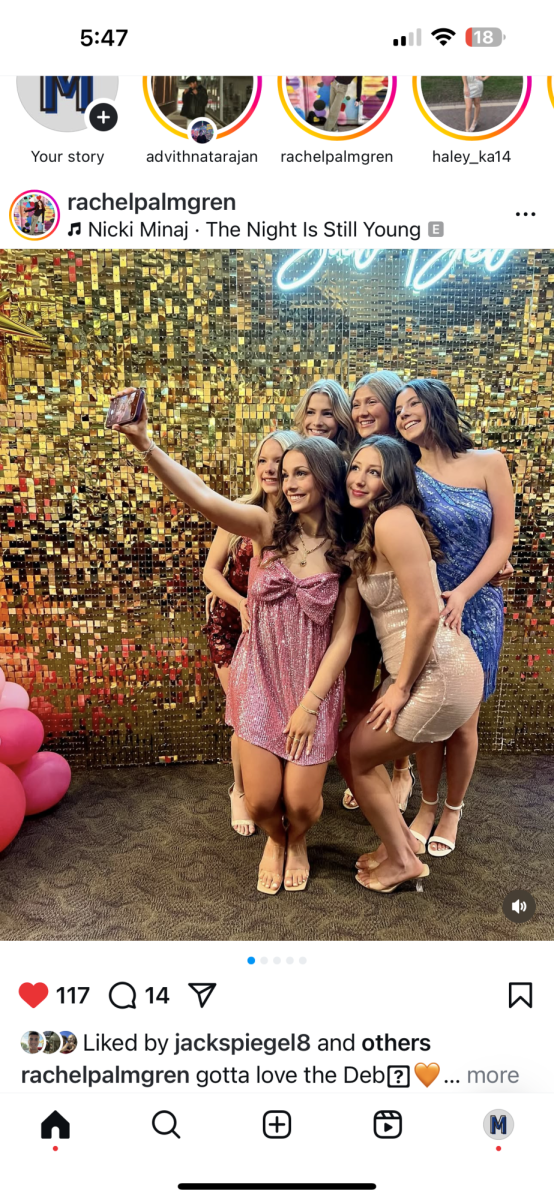Field Station 4 an intellectual thrill
November 25, 2019
“Field Station 4” by Charles Lindsay — a new space-themed exhibit at the Marianna Kistler Beach Museum of Art — really started in the room beside it, when the abstract sounds of space trembled alongside the painted landscapes.
As I approached the entrance to the exhibit, the white walls of the museum, filled with Kansas-themed art, drifted into an antithetical sort of aesthetic. The quiet of the museum became louder with the mechanical noise and the previously calm feeling of the surrounding art was drowned in the decommissioned NASA transfer units spilling into the hallway.
A new arrival to the gallery, Lindsay’s piece, “Field Station 4,” opened to the public last Tuesday. According to Beach Museum director Linda Duke, the piece is meant to combine science with realism, so as to “celebrate the absurd.”
“The way to understand Charles Lindsay is, he’s an artist who actually creates, you could call it, science fiction,” Duke said.
Before moving into modern art, Lindsay trained and worked as a geologist, working in scientific field stations, which — according to Duke — inspired “Field Station 4.”
I must admit, science — at least mechanical science, geology and astrology — is not my usual interest, which caused a bit of a mental block when I first took in the piece. Upon first glance, it looked nothing short of a blackened storage room with a NASA aesthetic that was reminiscent of a “Doctor Who” prop closet.
However, as I traveled around the exhibit, taking in the metallic foils and geological artifacts, the piece took on a new meaning that, at times, was more humorous to me than “deep.” The images of monkeys on the side of white transfer containers surrounded by wire cords, juxtaposed with Lindsay’s geological artifacts, actually did make me giggle at the pure oddness of the set up.
It seems necessary for me to mention here that I have never had exposure to this form of art, yet now I would suggest it to everyone. Sure, I’ve seen pieces made of trash and Starbucks cups; in the room adjacent to “Field Station,” I saw a Chinese take-out bag made of paper and porcelain. However, Lindsay’s exhibit was the one that had me questioning my capabilities to truly understand the piece as more than just “funny,” but according to Duke, that’s exactly the point of “Field Station 4.”
“[Lindsay] wanted to give people a sense that they were going into a field station, but a really, really weird one,” Duke said.
Lindsay unequivocally destroys the idea of “mainstream” in “Field Station 4.” In a time where art is often only seen for its “aesthetic” purposes, his piece summarizes the rawness of human discovery by way of bramy humor and sophistication of realism art.
I would fully recommend this exhibit to any lover of art or science. Walking around the exhibit mimics an explorative adventure all its own — the entire purpose of Lindsay’s art. The work was an exhilarating break from reality and, while it takes a minute to truly understand “Field Station,” when you do, the piece comes alive. I fully expect to be raving about this for days and look forward to making many a humor-filled trip to “Field Station 4” before it closes in October of next year.



